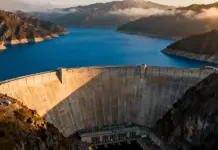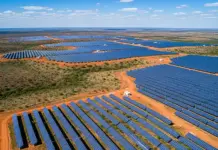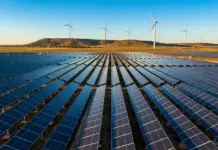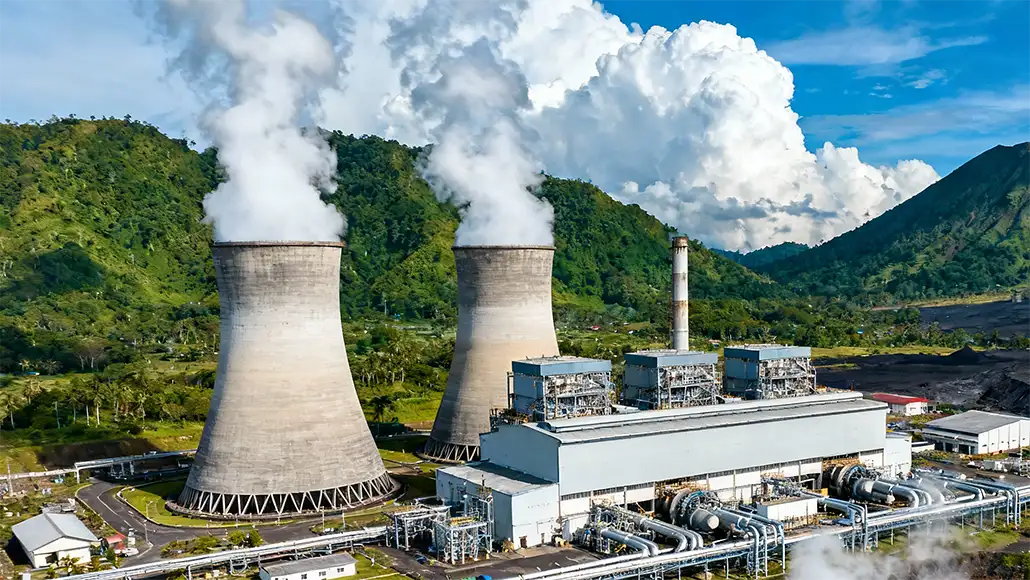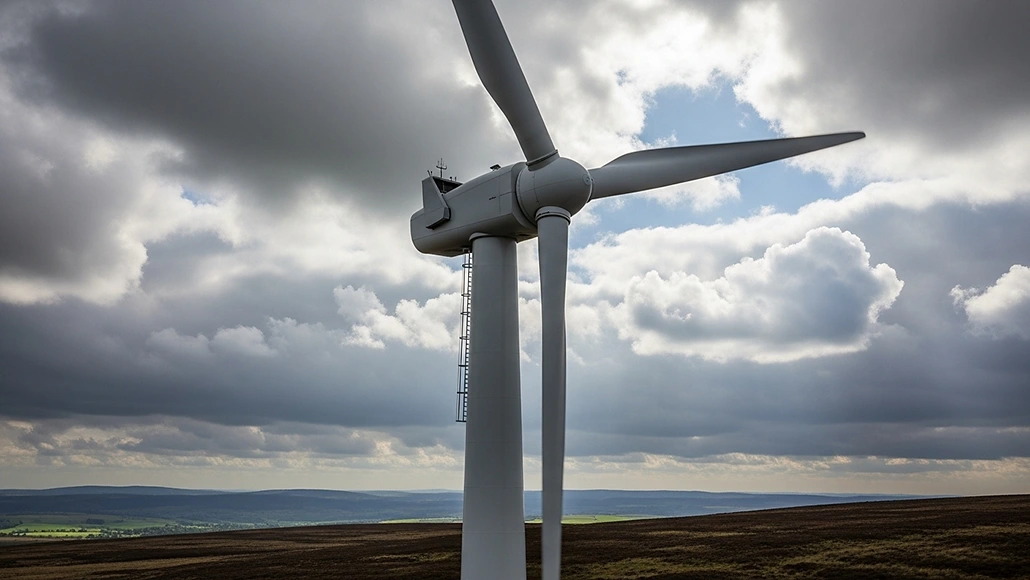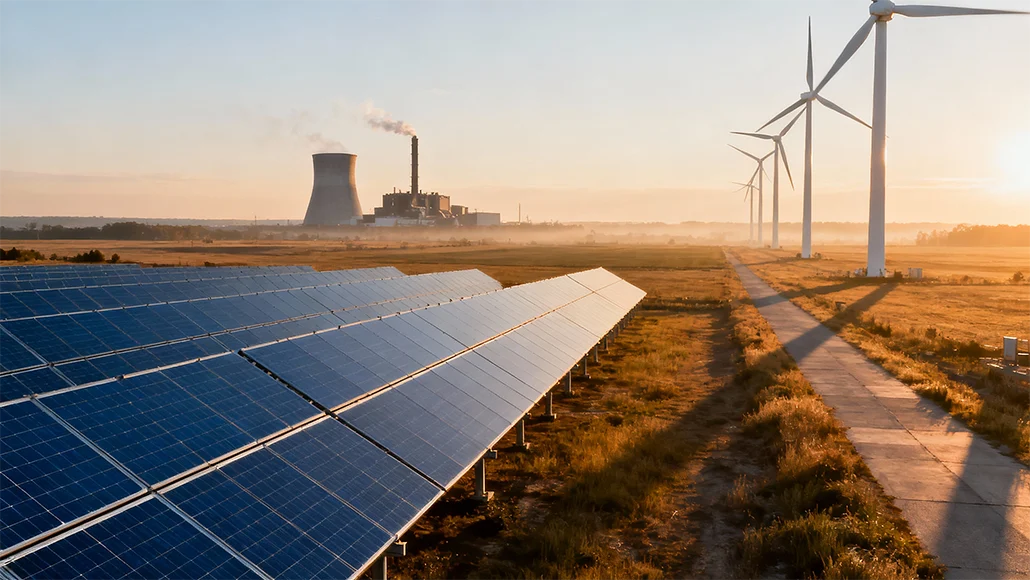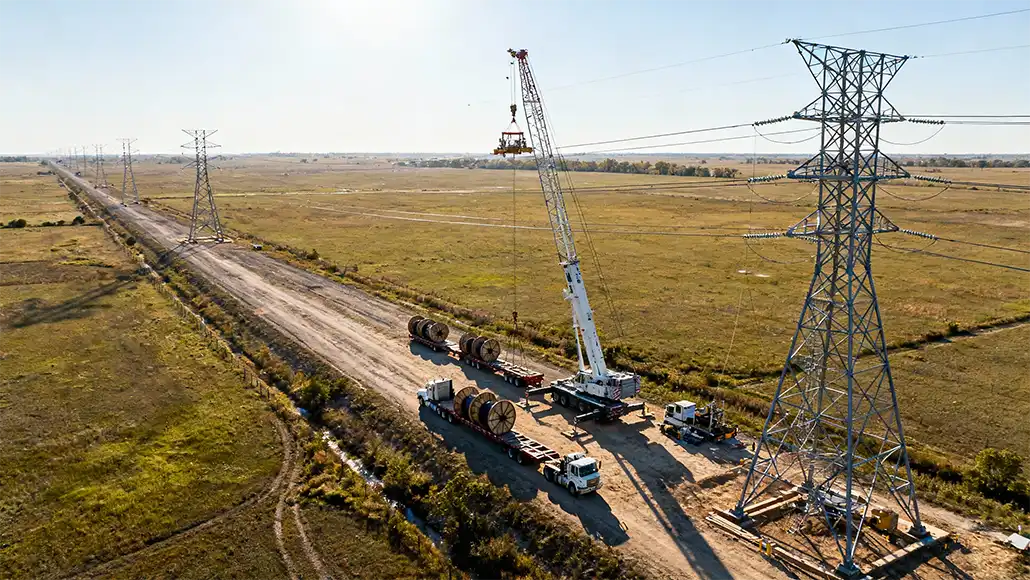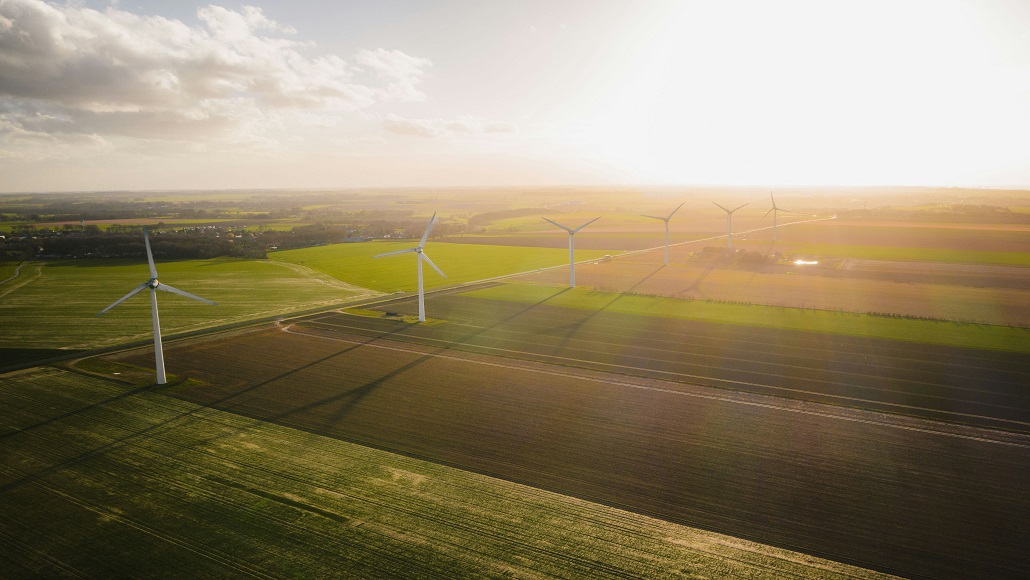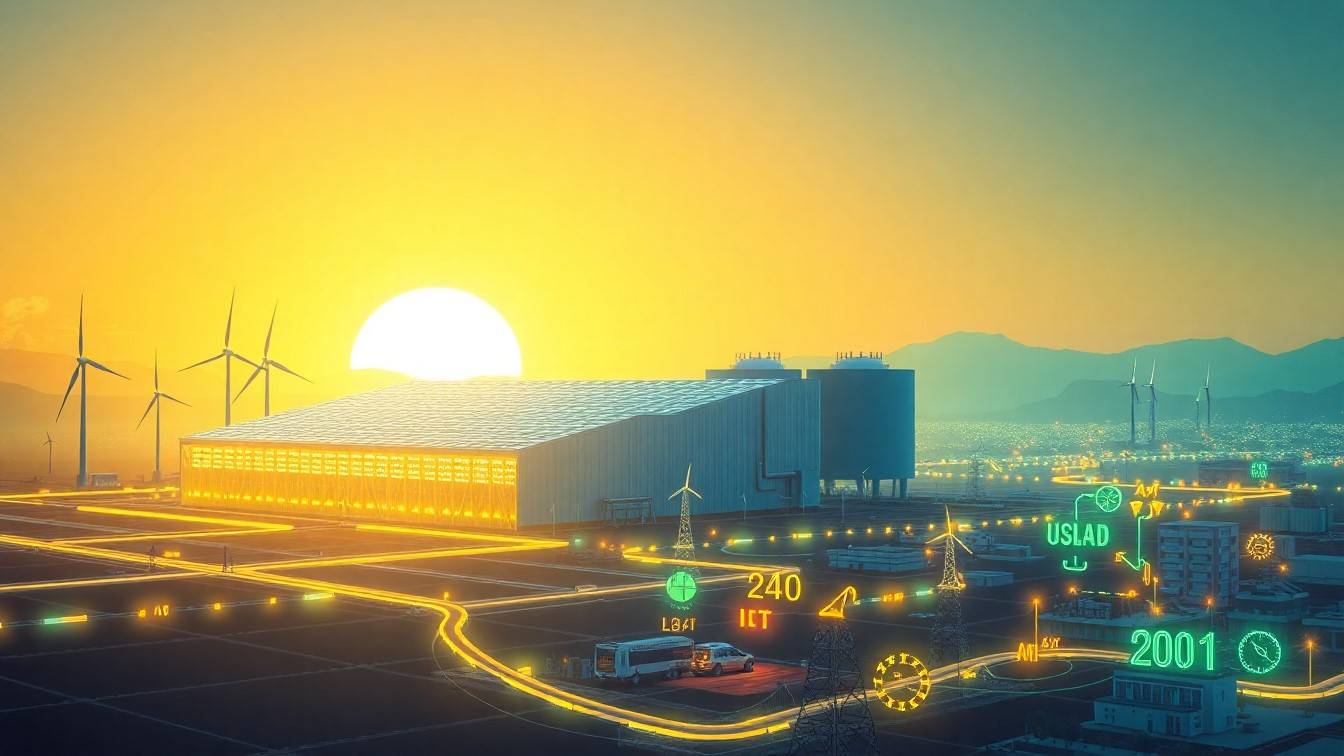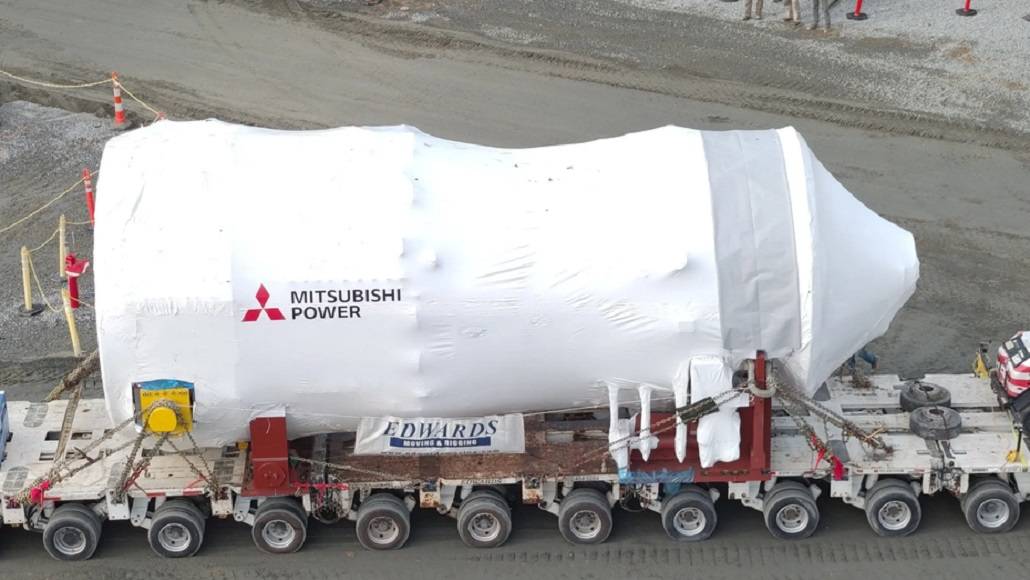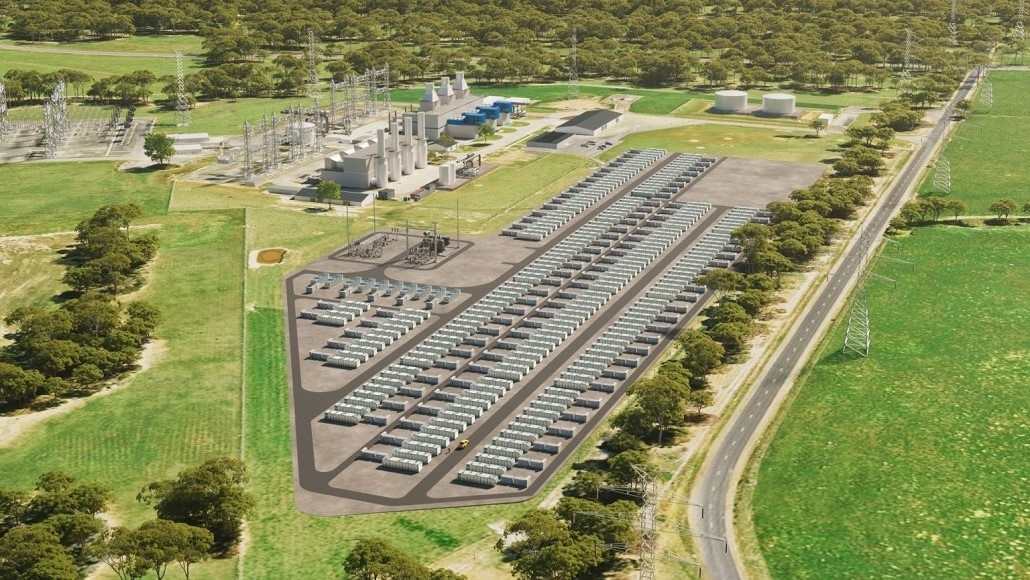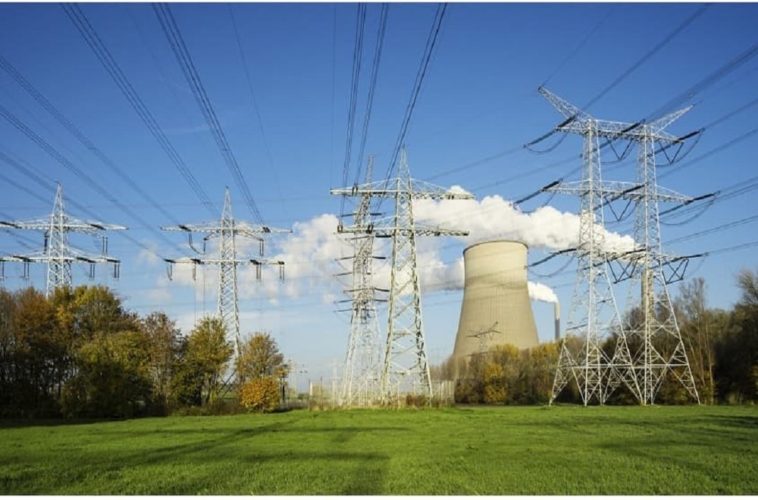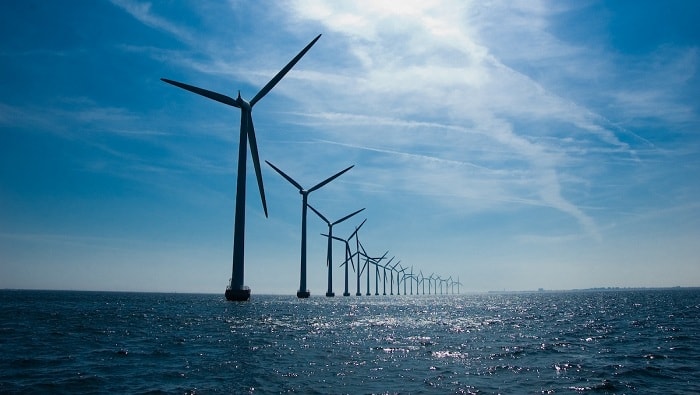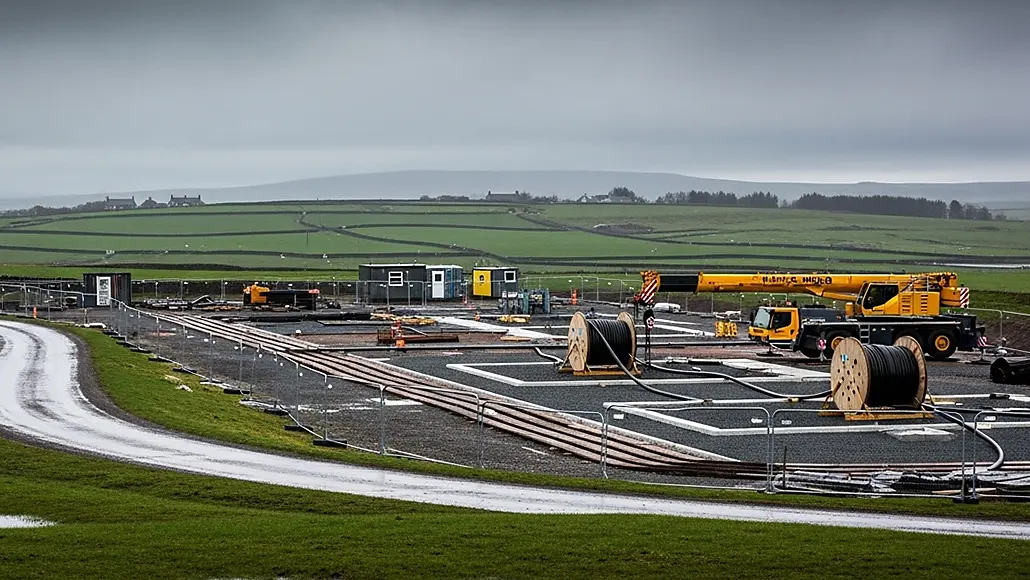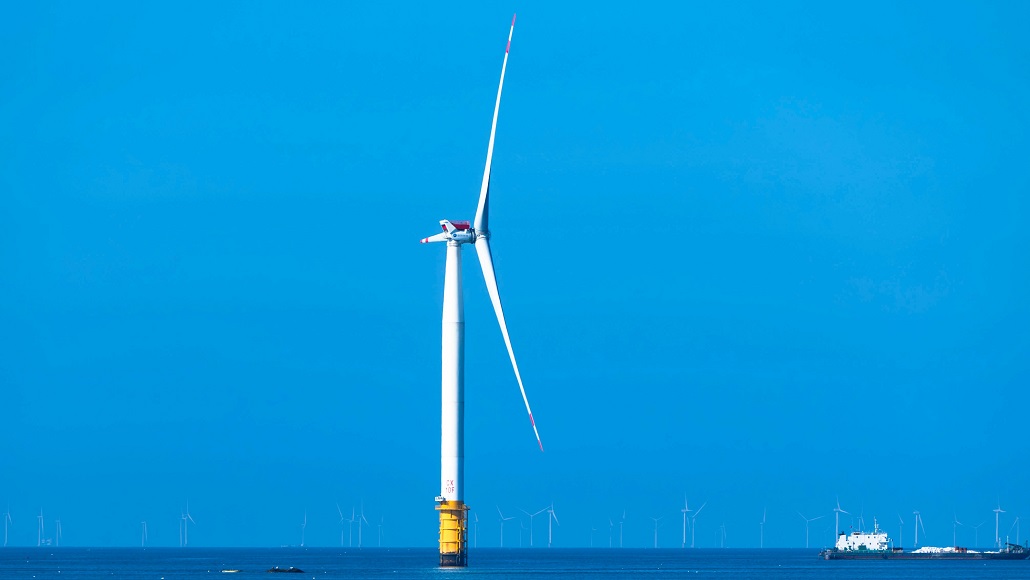The slim white turbines of Japan’s first commercial-scale floating wind farm glimmer offshore, close to a small fishing port in southwestern Japan, months before a major project in the green-energy strategy of Tokyo starts.
Still heavily dependent on imported fossil fuels, the country has declared offshore wind energy a trump card when it comes to its drive to make renewables a top power source by 2040 and also reach carbon neutrality a decade after that.
All this in spite of rising project expenditures as well as fears in terms of inadequate infrastructure so as to produce turbines en masse.
It is well to be noted that the floating turbines happen to be very well suited to Japan, as its deep coastal waters go on to make fixing them to seabeds quite tricky, while the nation is quite prone to natural disasters.
According to Toda’s head of marine renewable energy for construction, Kei Ushigami, the floating wind energy in Japan through its structures happens to be relatively stable even in case of earthquakes or typhoons. Interestingly, Toda is a major player in the project.
The eight turbines, which sit 5 km off the coast of the Goto Islands in waters that are 140 m deep, are going to officially commence turning in January 2026.
It is surely hoped that they are going to aid the archipelago when it comes to reaching ambitious new targets that have been laid out for 2025 and that should see the contribution of wind to the energy mix grow between 4% and 8% by 2040, which is a growth from almost 1% today.
However, this does happen to be a long and hard road ahead for the already resource-scarce Japan, which, by the way, happens to be the fifth-largest carbon dioxide emitter in the world, so as to wean itself off the fossil fuels.
It is well to be noted that in 2024, 65% of its electricity requirements were met due to coal- and hydrocarbon-powered thermal plants, whereas over a quarter came from renewables, as per the Institute for Sustainable Energy Policies of Japan.
It is indeed quite a massive task
The fact is that the costs are also rising quite steeply, and at the end of August 2025, Mitsubishi, which is the Japanese conglomerate, pulled out of 3 major wind energy projects, which were cited as non-profitable.
There are certain other project operators that have also asked for better support from the government.
According to E3G’s Yoko Mulholland, it is pretty much imperative that the government go ahead and address shortcomings in terms of the present bidding system that has indeed failed to anticipate the fast global inflation post the bids getting awarded.
Apparently, as per Mulholland, the streamlining of regulatory processes as well as the easing of construction restrictions would indeed go ahead and also shorten the lead times and at the same time also lower the capital expenditure.
New Energy and Industrial Technology Development Organization’s Hidenori Yonekura goes on to see the nascent floating wind energy in Japan as the path to eventually lower expenditures by installing more turbines across the vast Exclusive Economic Zone of 4.5 million square kilometers that Japan has.
This task appears to be quite massive – to meet the 2040 wind target, almost 200 15-megawatt turbines every year need to be built.
However, the infrastructure is not yet in place, said Yonekura. He further adds that the country lacks turbine manufacturers as well as large production sites.
The livelihoods of Fishers
Apart from this, the construction companies are also facing certain technical challenges due to these still-novel systems, as there are defects that have been discovered within the floating structure of a wind turbine located at Goto, which means that Toda had to make replacements, therefore deferring the project by a couple of years.
It is well to be noted that the coexistence with local industries, particularly fishing, is indeed critical.
Toda has confirmed that it has already done an environmental assessment and gone on to find that the pilot project did not have any negative impact on fish.
Apparently, even the fishermen too receive part of the revenue from electricity sales as well as some of the property taxes that are generated by the project, whereas there are some who have been hired to track the construction site from their vessels.
However, as per the head of the Fukue fishing cooperative in Goto, Takuya Eashiro, the wind project was imposed from the top and was presented as a done deal.
Nonetheless, the fishermen do understand the importance of such a project for Japan, he added.
Interestingly, the National Federation of Fisheries Co-operative Associations went on to protest to the government after Mitsubishi withdrew, in a way reminding them that the fishermen had worked on these projects with hope to witness certain positive economic implications.
The fact is that as fishing becomes less viable because of warming sea temperatures, there indeed lies some hope that their children or grandchildren may get jobs in the maintenance of wind turbines, remarked Eashiro.


